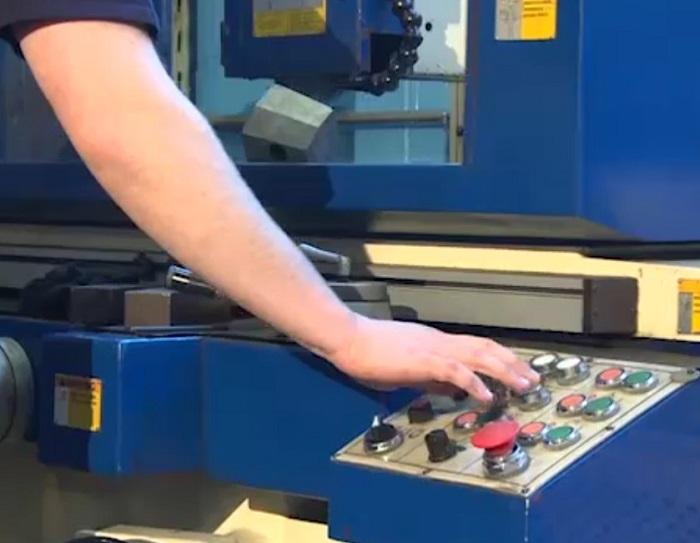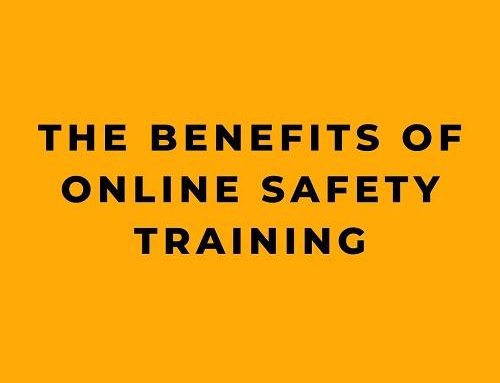The pressures of work can lead people to rush, make mistakes, and cause accidents. But the true bottom line is safety. By making it a top priority, companies can protect their most valuable asset – their employees. This requires a culture shift, where safety is not just a priority but a value. How can organizations get there?
The Dangers of Complacency
In many workplaces, days start with pressure to meet deadlines and quotas. Employees feel they must rush to keep up. Corners get cut, mistakes happen. “We’ve always done it this way” becomes an excuse for complacency. But minor injuries can become major incidents. Damaged equipment turns into facility shutdowns. A few careless moments can cost lives.
Workplace injuries and illnesses cost U.S. companies over $1 billion per week (National Safety Council). But the real cost is in pain and suffering. An effective safety program reduces harm by addressing root causes – like stress, fatigue and inadequate training. It establishes layers of protection to minimize risk. But most importantly, it transforms safety from an obligation into a core value.
Cultivating a Culture of Safety
A positive safety culture starts at the top. Leadership must fully embrace safety as a key business objective, backed by policies, resources and clearly defined responsibilities. Every level of management reinforces safety in words and actions. Peer accountability helps ensure all employees own safety.
But a culture of safety means more than procedures and audits. It’s about shared assumptions, beliefs, and values that shape behavior (U.S. Nuclear Regulatory Commission). Safety becomes second nature when employees genuinely look out for one another. Avoiding risk is rewarded, not seen as an inconvenience. Speaking up about concerns becomes the norm, without fear of blame or reprisal.
A true safety culture understands that humans make mistakes. It focuses on building defenses, not pointing fingers. Instead of chastising people for errors, it figures out how to prevent recurrences. Workers see management as allies, not adversaries. They work together to identify hazards and control risk.
Keys to Creating a Safety Culture
It takes consistency, commitment and inclusion to transform old habits. Some best practices include:
- Lead by example. Managers must exemplify safe behaviors themselves before expecting it from others.
- Involve employees at all levels. Frontline staff have valuable insights. Include them in assessments, planning and audits.
- Offer incentives for identifying hazards. Reward safe behaviors, don’t just punish unsafe ones.
- Encourage open reporting. Workers should feel comfortable surfacing concerns without fear of retaliation.
- Investigate incidents thoroughly. Understand why an event occurred instead of who caused it.
- Provide ongoing education. Training and drills ensure readiness to act in emergencies.
- Evaluate policies continuously. Assess which controls are effective, and where gaps exist.
- Foster personal responsibility. Individual accountability and peer encouragement promote safe habits.
- Celebrate milestones. Recognize teams and individuals for safety achievements.
Fostering a Mindset of Safety
Instilling core safety values starts with hiring and onboarding. From day one, employees should absorb the message that no priority outweighs safety. But maintaining vigilance requires constant reinforcement through policies, procedures and peer interactions.
Some mindsets that contribute to a culture of safety include:
Focus: Distractions cause mistakes. Employees must commit full attention to tasks, especially complex or hazardous ones. Rushing leads to overlooked steps, forgotten safeguards. A steady, methodical approach prevents errors.
Situational awareness: People need to remain conscious of their surroundings at all times. Cluttered walkways, improper machine guarding or other unnoticed hazards can lead to incidents. Staying alert helps identify risks early.
Preparedness: Emergencies happen without warning. Workers need to anticipate mishaps and know how to respond. Understanding emergency procedures, alarm systems and equipment like eyewashes prevents panic and injuries when seconds count.
Accountability: Peer encouragement helps people work safely. But willful violations require direct feedback. Violating clear policies and procedures shows unacceptable disregard for others’ wellbeing.
Self-control: Frustration and stress cloud thinking. Taking a break to decompress prevents acting rashly in anger. Calm discussion of issues shows maturity and concern for consequences.
Sobriety: Alcohol and drugs impair coordination and judgment. Violating substance control policies endangers everyone. People must keep themselves fit for duty at all times.
Avoiding Complacency Through Continuous Improvement
In companies with mature safety cultures, people don’t just comply with rules. They continuously seek better ways to avoid incidents. Signs of this admirable mindset include:
- Regular self-audits to identify latent hazards before they cause harm. Employees own safety themselves, instead of waiting for oversight.
- Peer observations and coaching to improve technique and share lessons learned.
- Small group discussions of incidents to uncover root causes and improve defenses.
- Monitoring leading indicators like safety observations and near-misses, not just injury rates. This reveals where hazards exist.
- Analyzing safety culture survey results to identify strengths and weaknesses in attitudes and norms.
Preventing Incidents Before They Happen
To proactively improve safety, companies need to eliminate hazards before they cause harm. This starts with comprehensive inspections to identify risks. Walkways, hallways and exits should be kept clear of obstructions that can cause slips and falls. Storage areas and shelves should not be overstocked or overloaded. Fire hazards like frayed electrical cords and combustible materials should be removed.
Proper housekeeping at the end of shifts clears clutter and returns equipment and materials to their designated locations. This prevents tripping dangers and makes items easier to find. Unresolved issues should be reported to supervisors or safety managers.
Regular, rigorous inspections and maintenance ensure equipment like machines, power tools, electrical systems and powered industrial trucks remain in safe operating condition. Damaged or defective items are taken out of service immediately.
Using Personal Protective Equipment
Even the most hazard-free workplace has some level of risk. Proper use of personal protective equipment (PPE) protects against occupational injuries and illnesses. Leading companies treat PPE selection like they would any critical safety system. A complete hazard assessment identifies what dangers are present and which PPE provides the most effective defense.
Different types of PPE safeguard against various risks. Safety shoes prevent foot injuries. Cut-resistant gloves protect hands. Eye protection guards against flying particles and chemicals. Hearing protection reduces noise exposure. Respirators keep users from inhaling toxic dusts and vapors. Companies must supply approved PPE at no cost, while workers must use it as directed. Proper fit and wearing multiple types of PPE when required ensures complete protection.
Implementing Safe Work Practices
PPE is the last line of defense. Eliminating hazards through safe work practices and engineering controls is preferable. This starts with ensuring equipment operators are trained and certified. All employees should understand and follow standard procedures for their tasks. Routine reminders keep safe behavior top of mind.
Signs, machine guarding and limited access prevent contact with dangerous moving parts. Lockout/tagout procedures isolate energy before allowing hands-on equipment work. Tool safety, proper material handling technique, ergonomics and chemical safety programs further reduce risk of incidents or overexertion injuries. Consistent enforcement demonstrates that unsafe shortcuts will not be tolerated.
Preparing for Emergencies
Significant hazards may still exist in some operations. Proper emergency preparation minimizes harm when incidents do occur. Safety Data Sheets provide response information for released chemicals. Designated responders are trained on spill containment and personal decontamination. Alarm systems alert workers to evacuate, while emergency action plans provide guidance on response.
Fight-or-flight reactions can cloud thinking and exacerbate harm. Training and drills ensure workers know how to operate fire extinguishers, eyewashes, safety showers and first aid supplies. Understanding evacuation routes prevents panic. A culture of safety means being ready for the unexpected.
The Path Forward
Creating a workplace where safety is genuinely valued requires patience and commitment. But the rewards are immense. Every employee returns home unharmed at the end of the day. Risk is managed through cooperation, not control. People gain fulfillment in work and peace of mind from protection. By making safety intrinsic to all decisions and actions, organizations develop immunity from harm. When character and caring grow, excellence follows.










